Many fortifications have been built here since the early 1800s, due to its strategic location relative to the Port of Galveston. Here you can see ships lines up to enter the Port of Galveston.
The first was an earthen levee built by the Spanish as protection from the Native Americans, the Karankawa, around 1815.
In 1818, 300 troops led by Dr. James Long (accompanied by his wife, Jane Herbertson Wilkinson) came to the area to free Texas from Spain. He established a base here in 1820 (Fort Las Casas) and left on an expedition in 1821, leaving Jane pregnant with a 12-year-old slave girl and a handful of men to protect the fort. She held the Karankawa at bay by firing a cannon every morning to notify Galveston that the fort remained in tact.
In December, she gave birth, alone, in a frozen tent to Mary James Long, one of the first children born in Texas to an English-speaking mother. Learning of her husband's death in 1822, she finally left the peninsula and became one of the founding families of Texas. She is know as "the mother of Texas" and played an important role in the early history of the state. The highway here is named in her honor.
During the Civil War, Fort Green, was established here for The Confederacy.
Construction of Fort Travis began in 1898 and was completed a year later. Battery Davis was equipped with two 8" breech loading guns.
Battery Ernst had three small calibre, rapid-fire, pedestal funds with searchlights.
During World War I, Fort Travis garrisoned troops defending the Port of Galveston. Battery Kimmel was built from 1917 to 1922 and was equipped with 12" guns with a range of 17 miles (impressive technology at the time).
Battery 236 was built in 1941, to defend from WWII minelayers and submarines. By 1942 the fort was enlarged and 2,500 troops were stationed here. Anti-aircraft and 16" long-range weapons were installed to protect the Port of Galveston.
The storm of 1900 caused heavy damage and repairs included the 15' sea wall around the fort. (Sadie
enjoyed our visit here, too!)
The Point Bolivar Lighthouse (built in 1872) can be seen from the park. It provided shelter for about 125 people during the storms of 1900 and 1915 (where winds of 126 mph were recorded). It is still standing but not open to the public.
One of the best part about this park are the wetlands where we saw some of the beautiful water fowls of the area.
The park has wide open spaces, lovely picnic areas, a playground, and an interpretive trail with signs that provide information about the historical aspects of the area.
View of the beach area next to the park.
Sadly, all of the bunkers are closed to the public as they are in a sad state of deterioration. I am hopeful that funding will be found to begin the restoration of this historic landmark. It really is a beautiful location an a great place to fish along the rocky shore an enjoy the wide open spaces for picnics and family outings.
This park is a great of example of discovering an unexpected piece of local history that our RV lifestyle affords us. We did not know about this park, nor plan to visit it, when we set out this afternoon. What an interesting piece of American and Texan history can be found here.
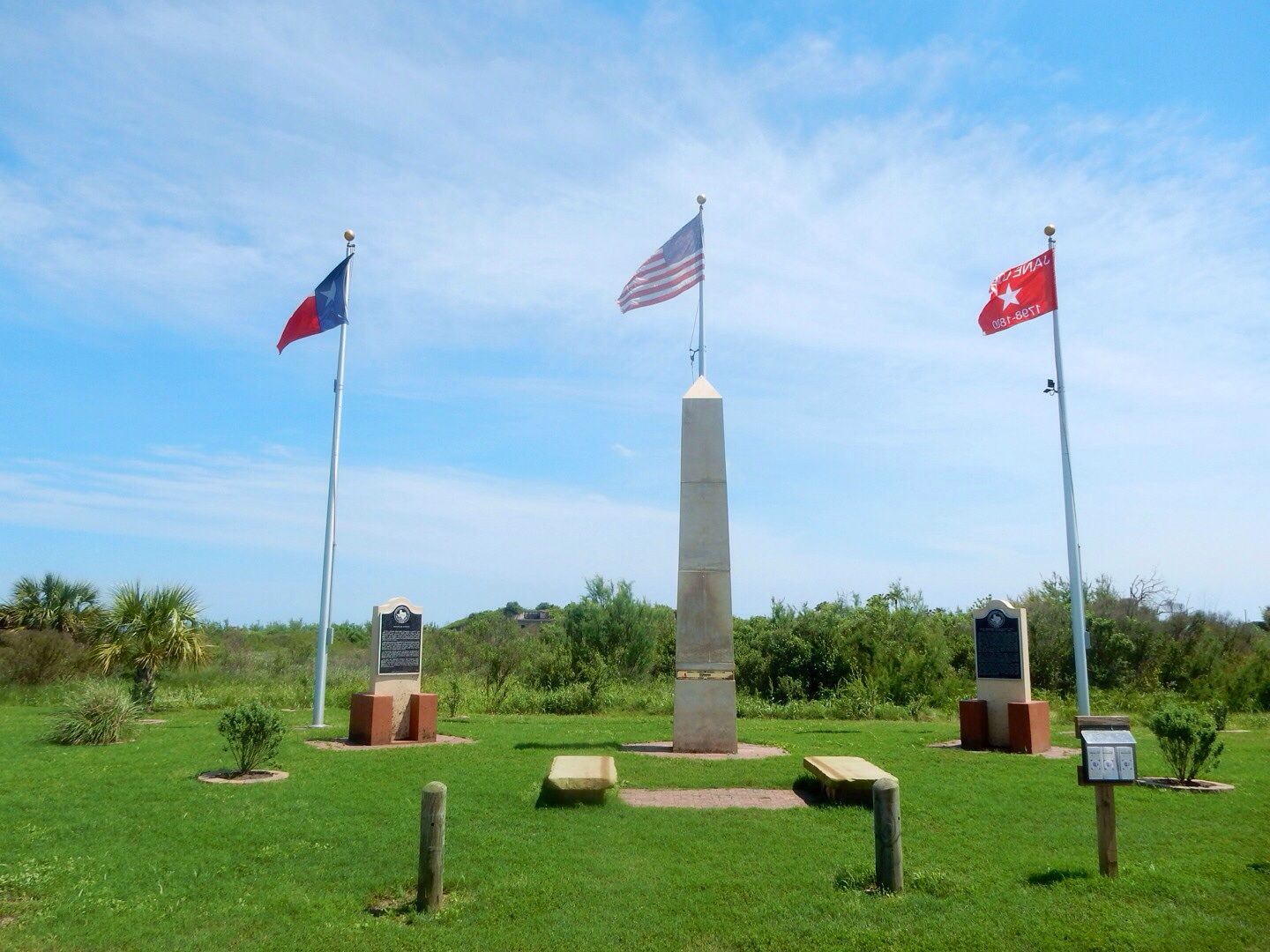
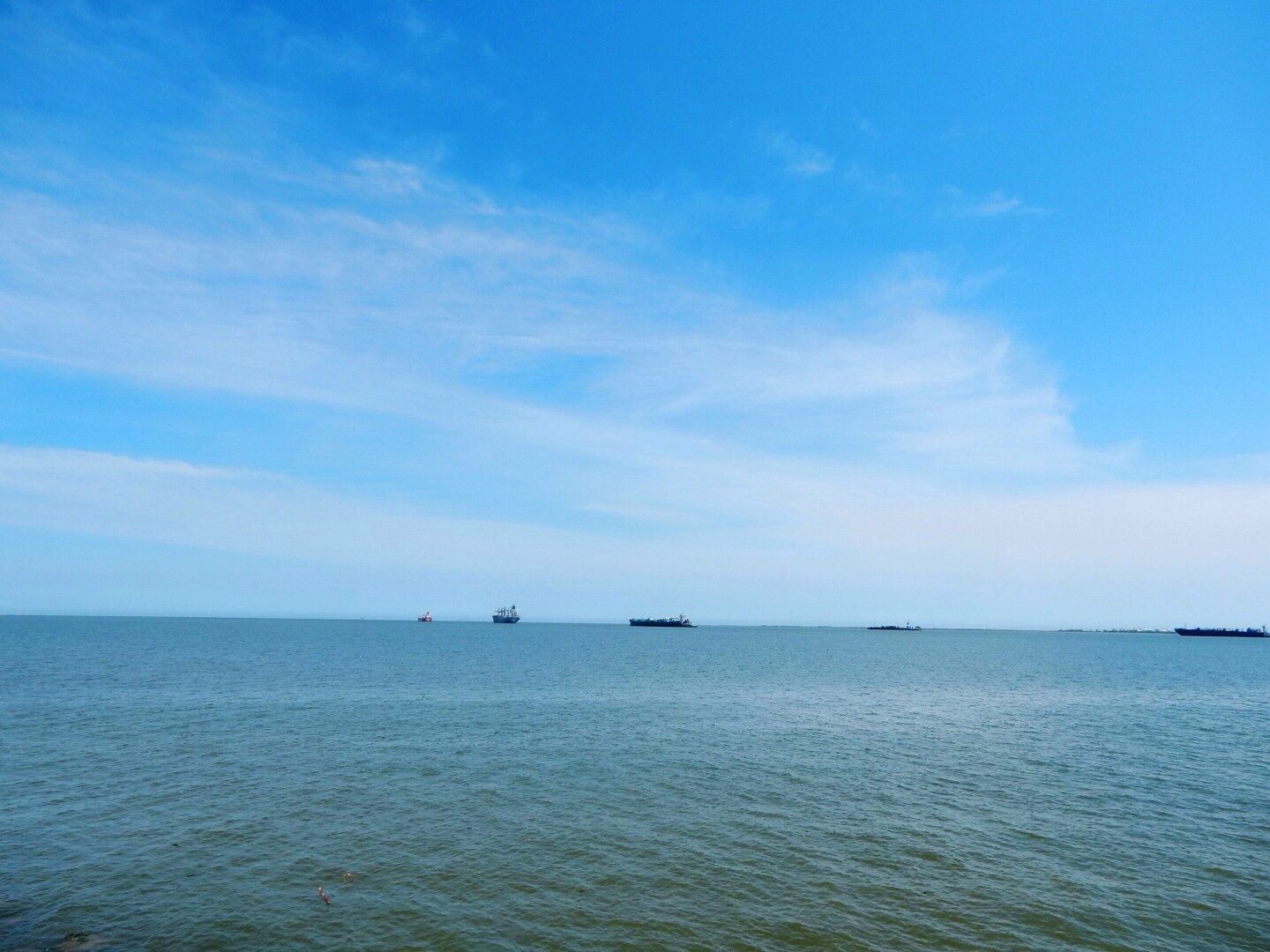

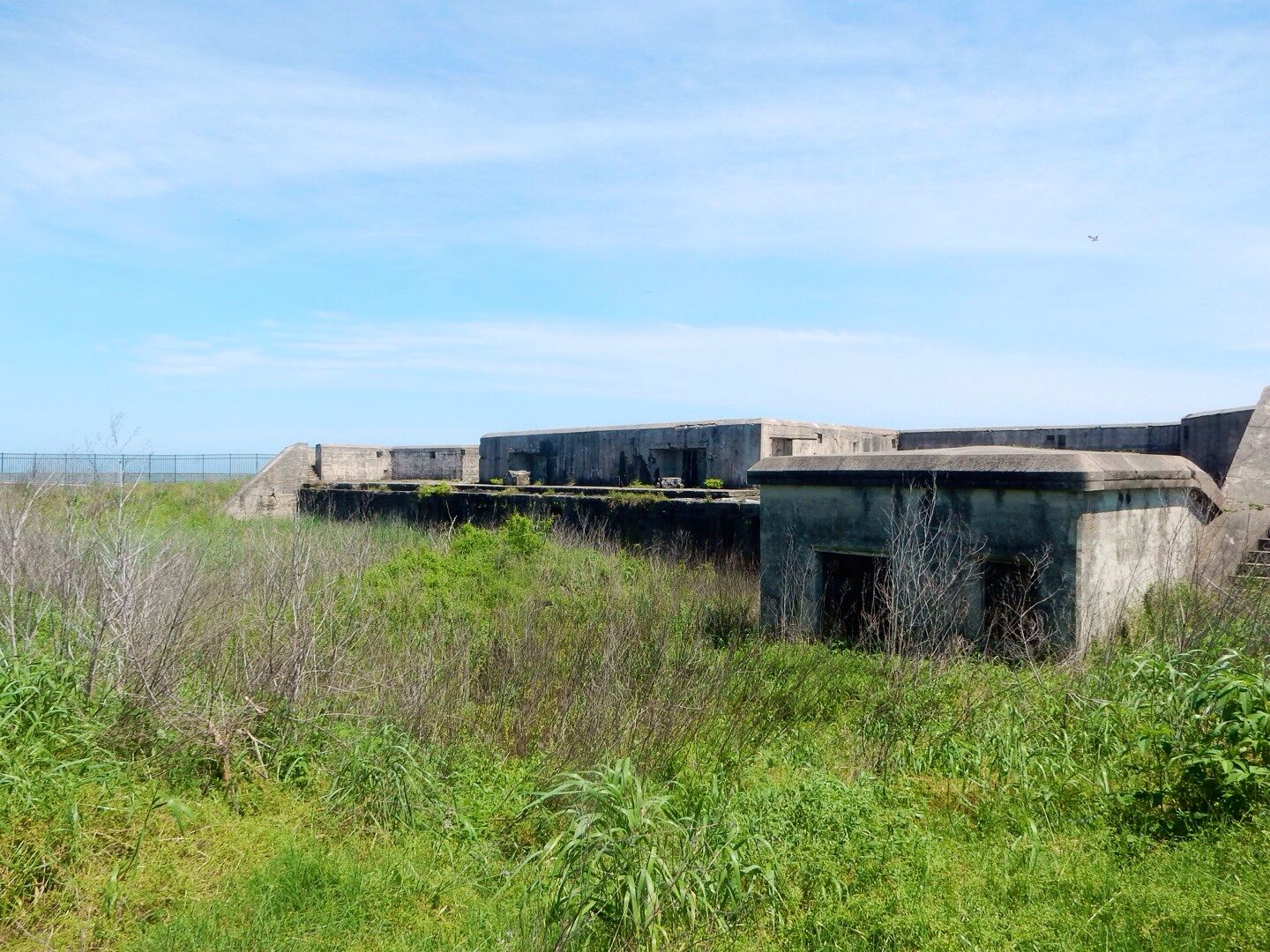
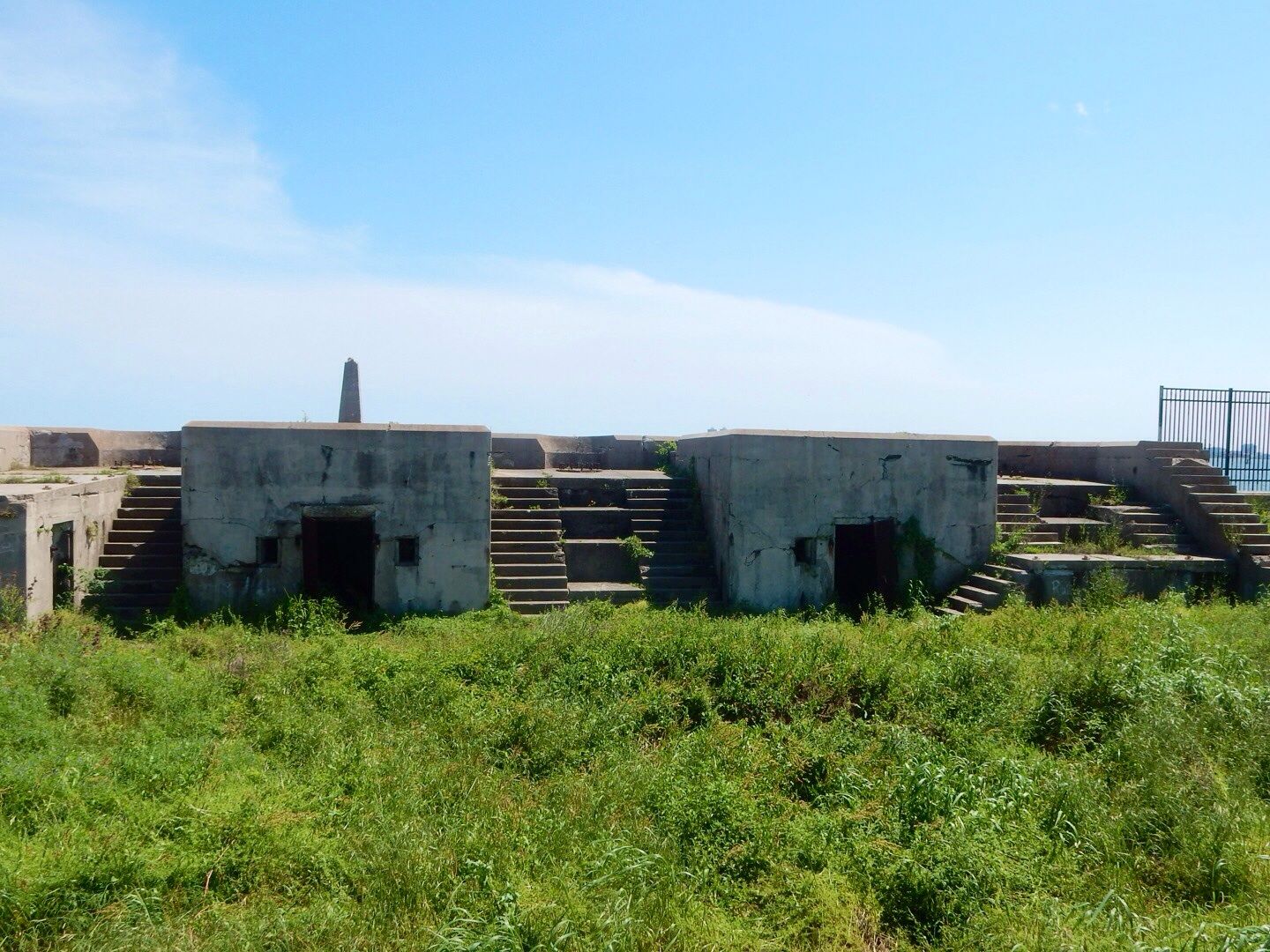
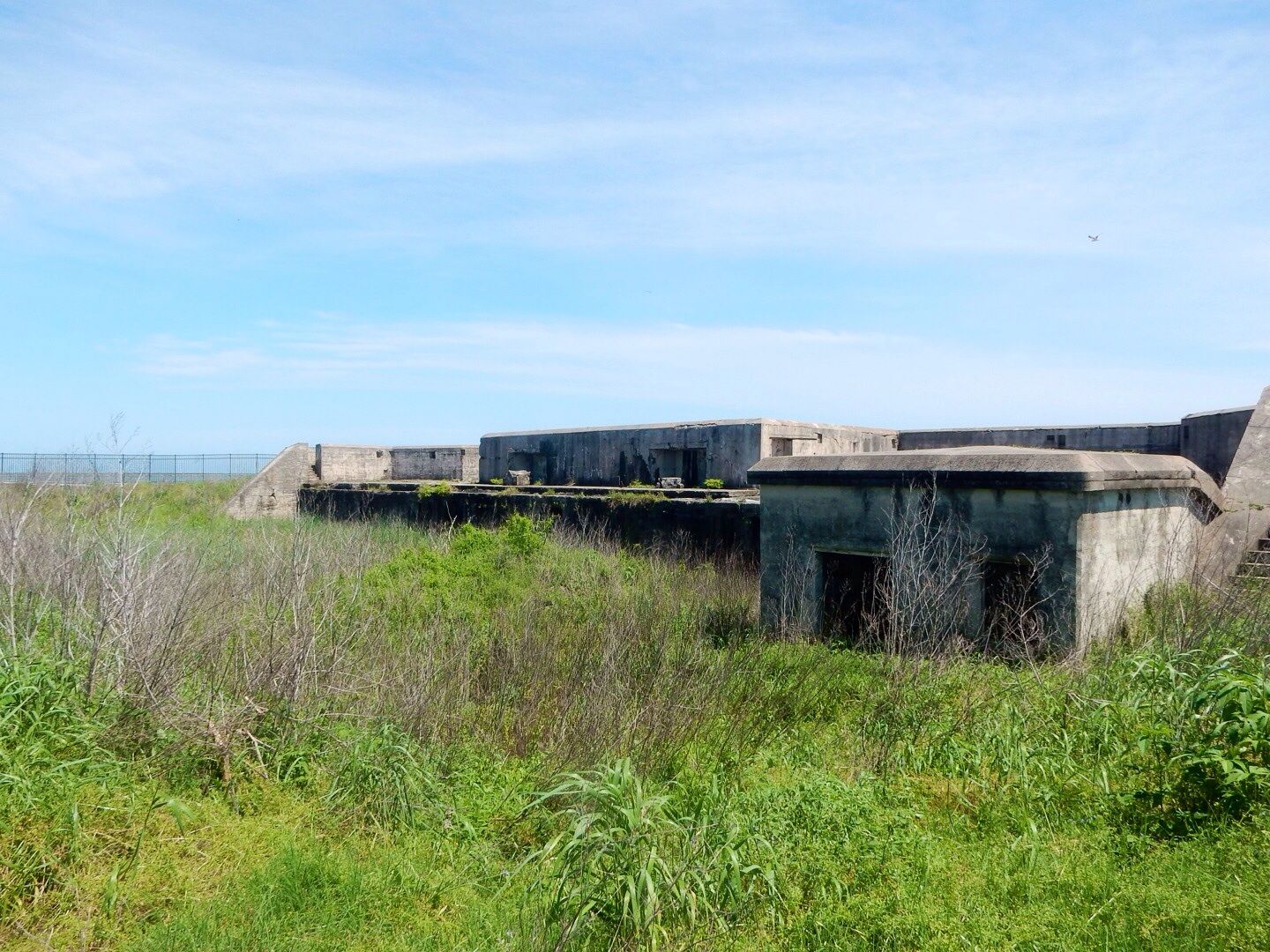
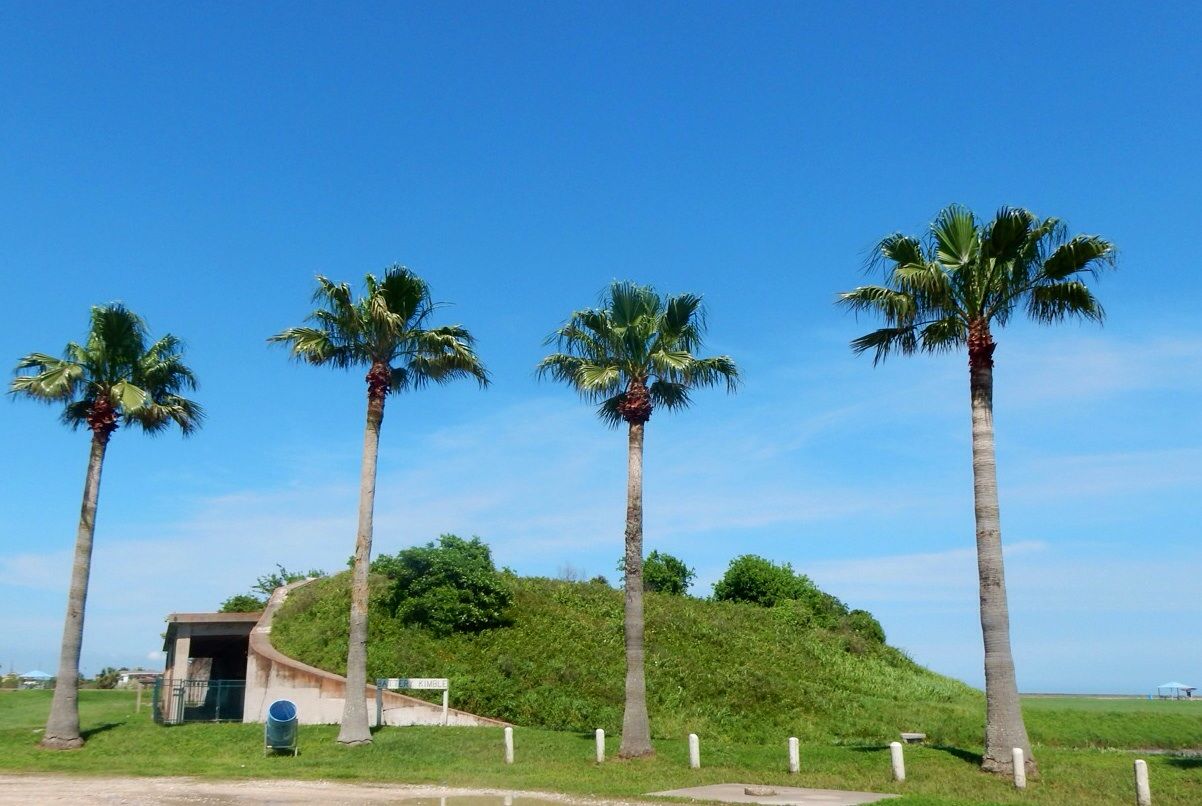
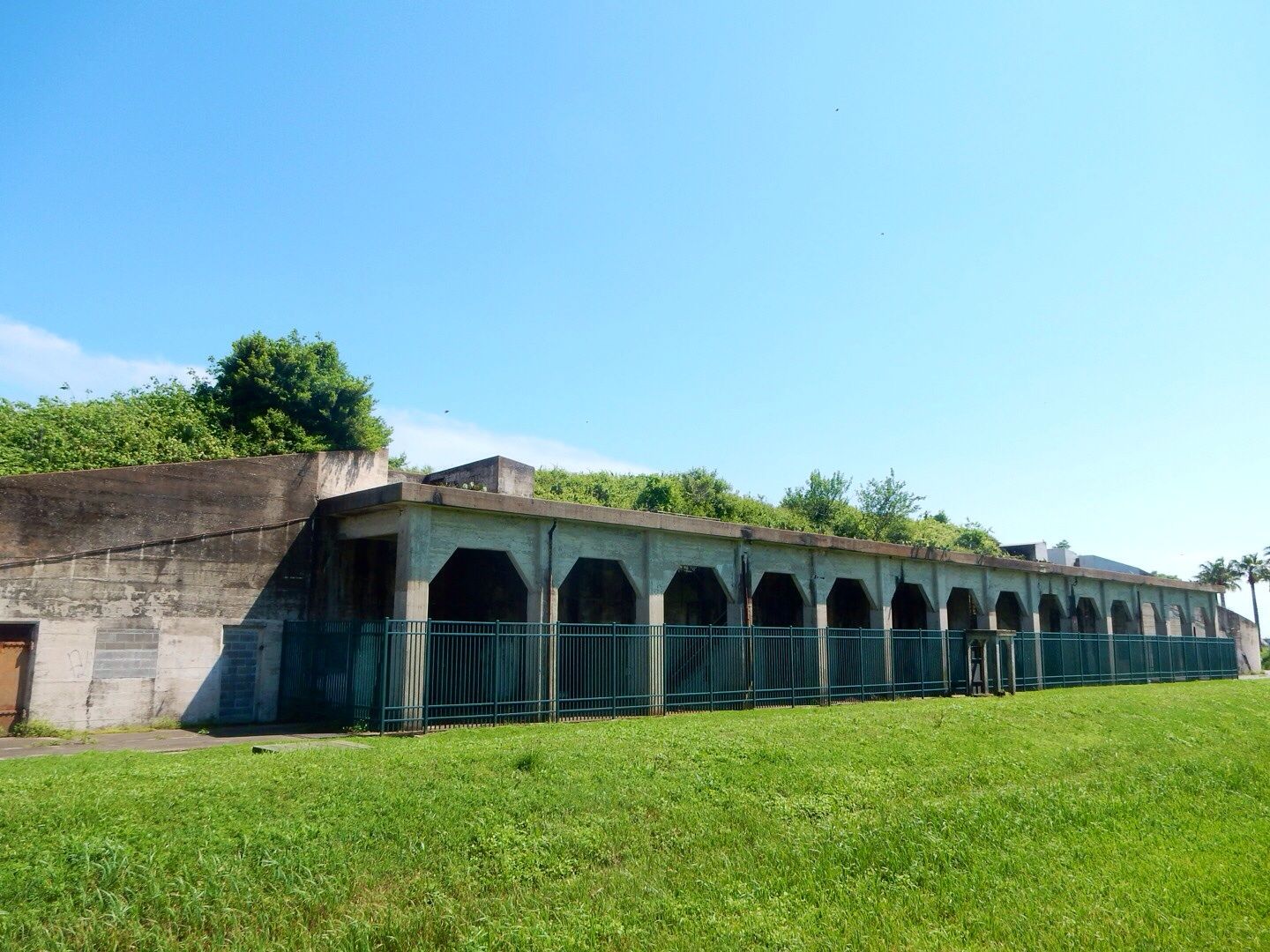
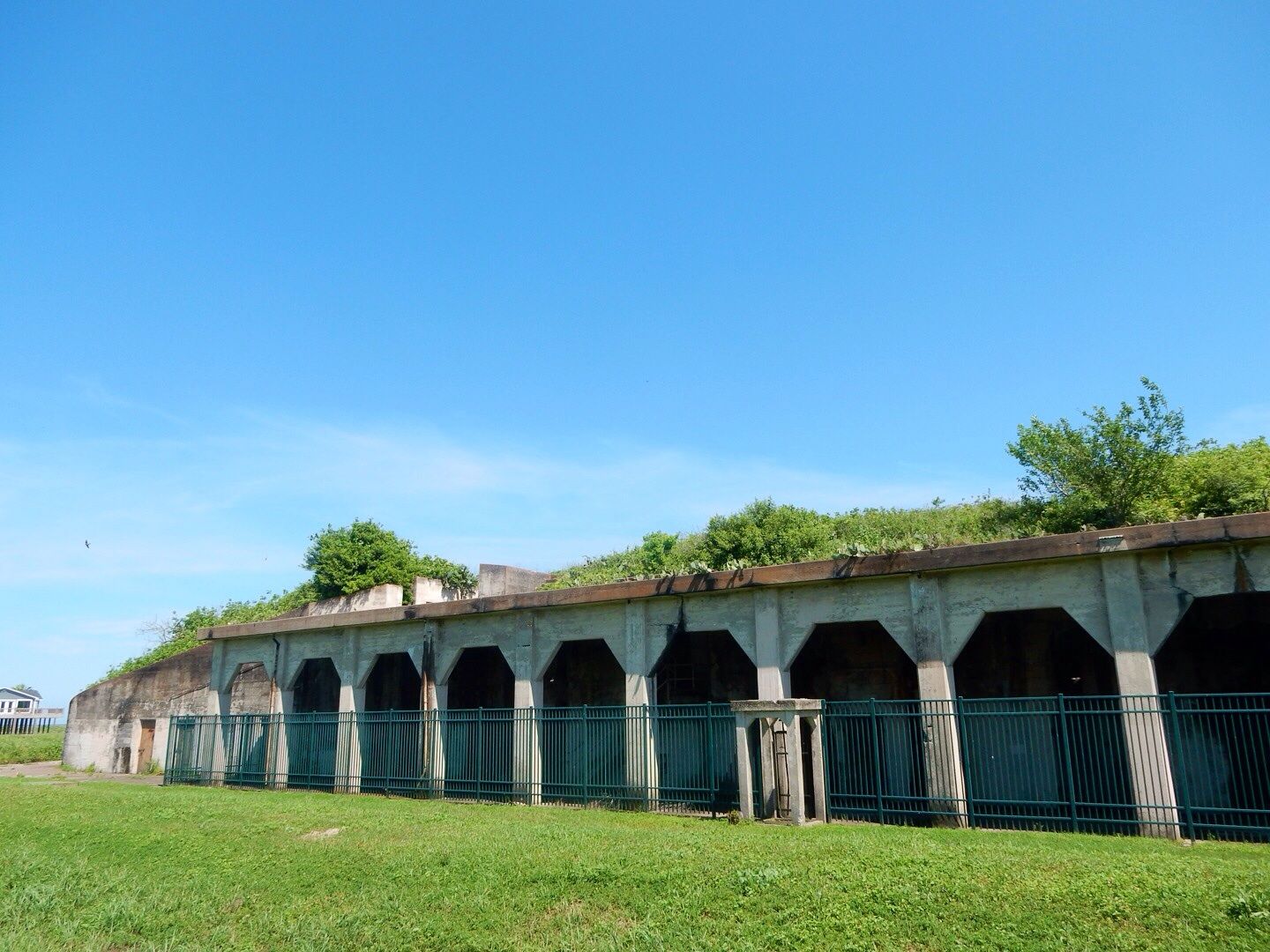

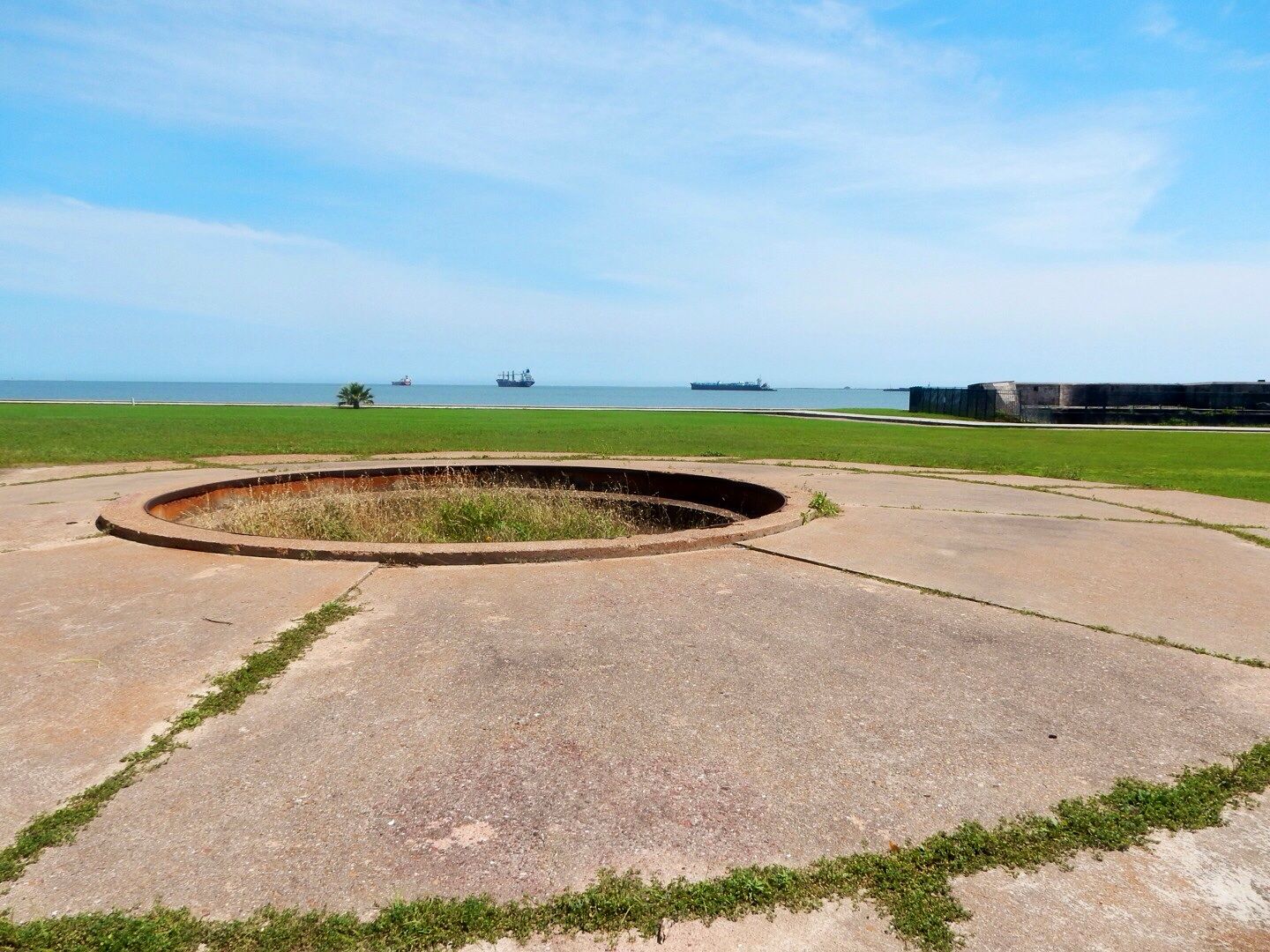

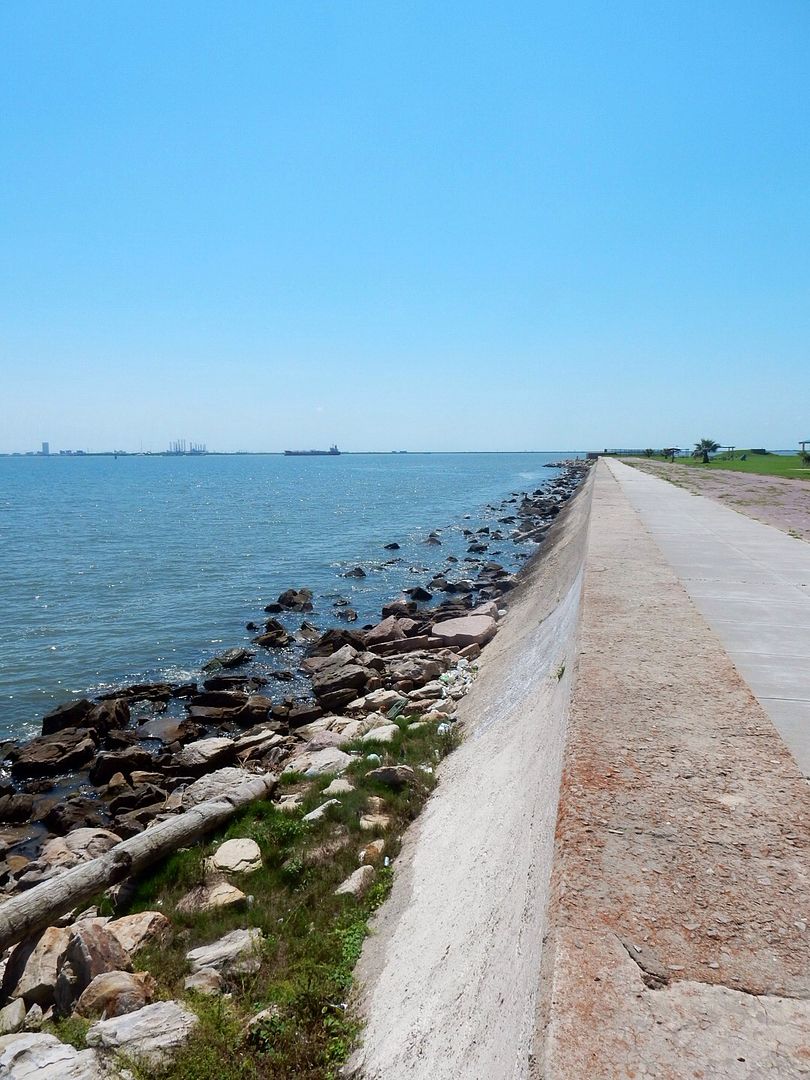

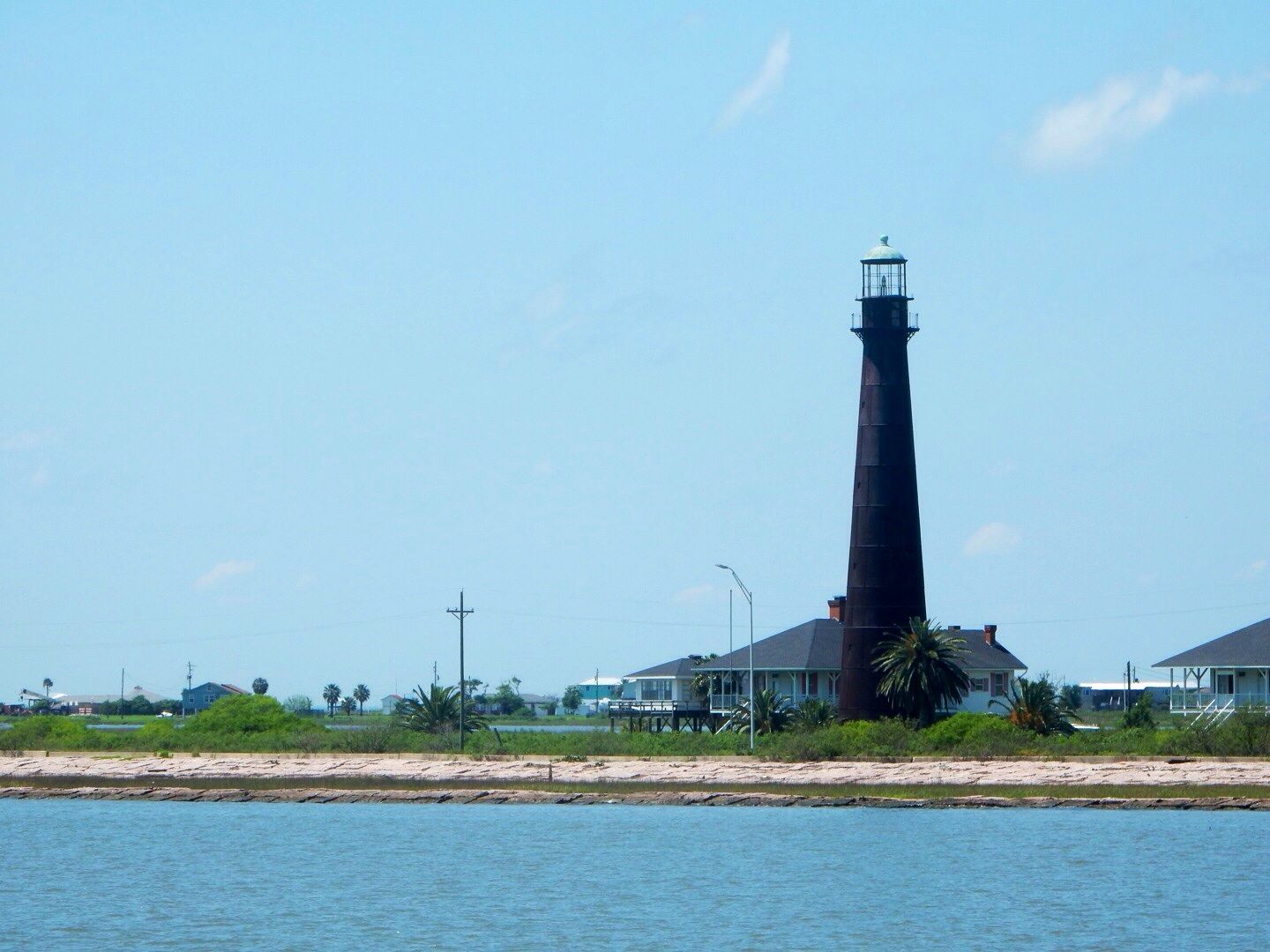
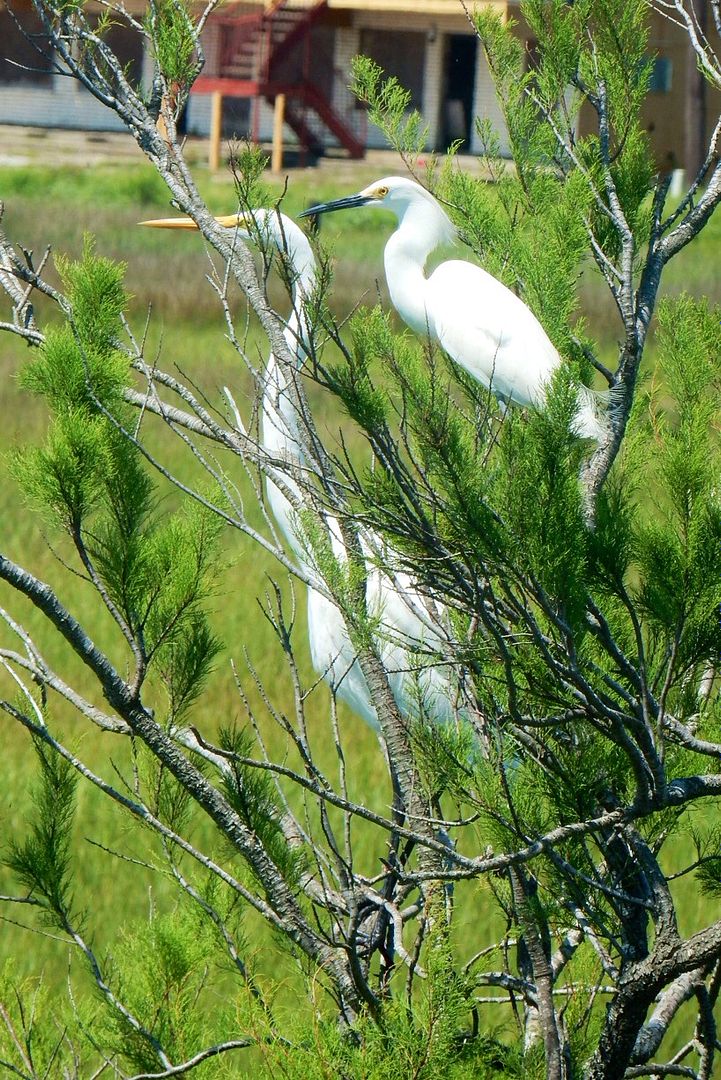
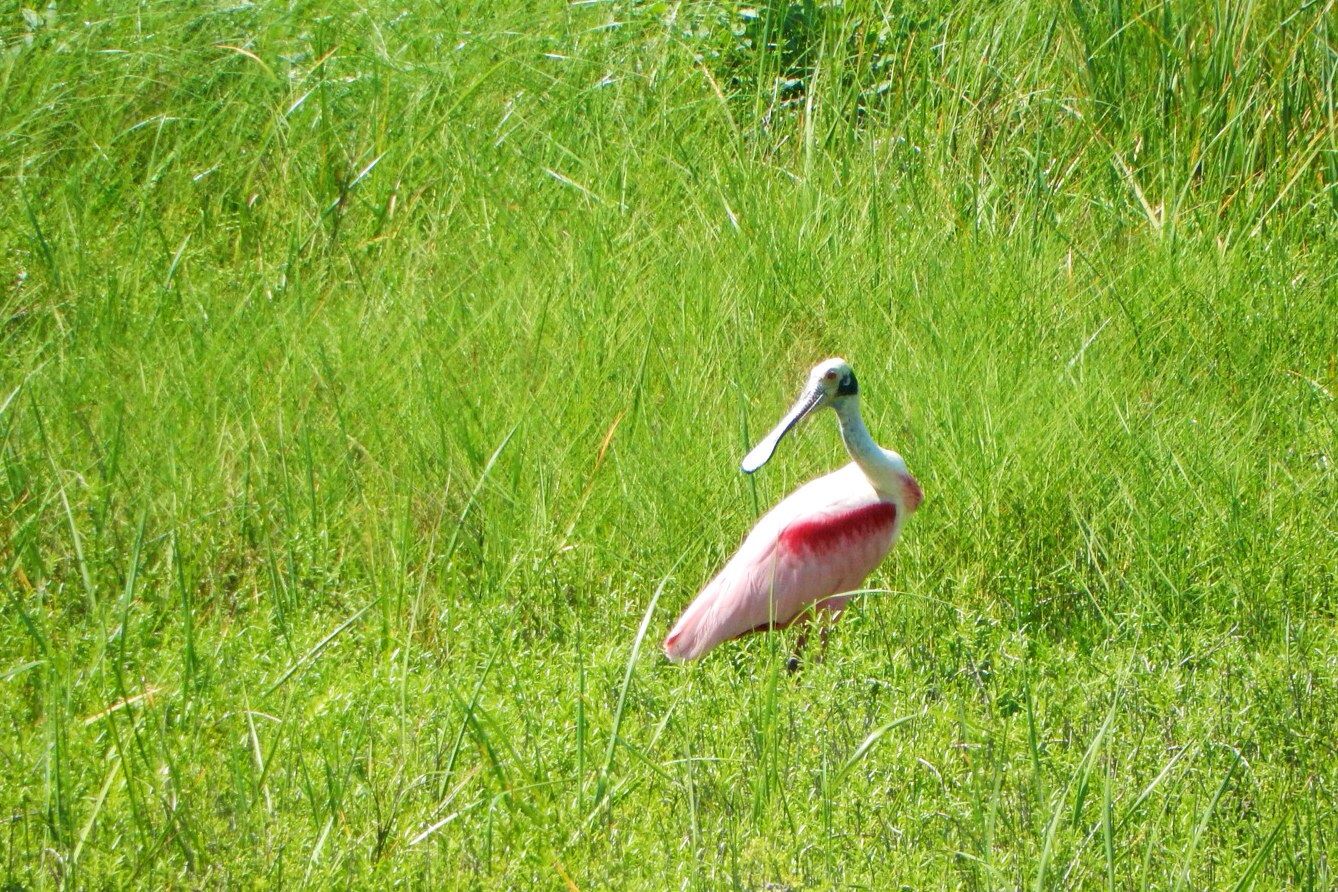



No comments:
Post a Comment